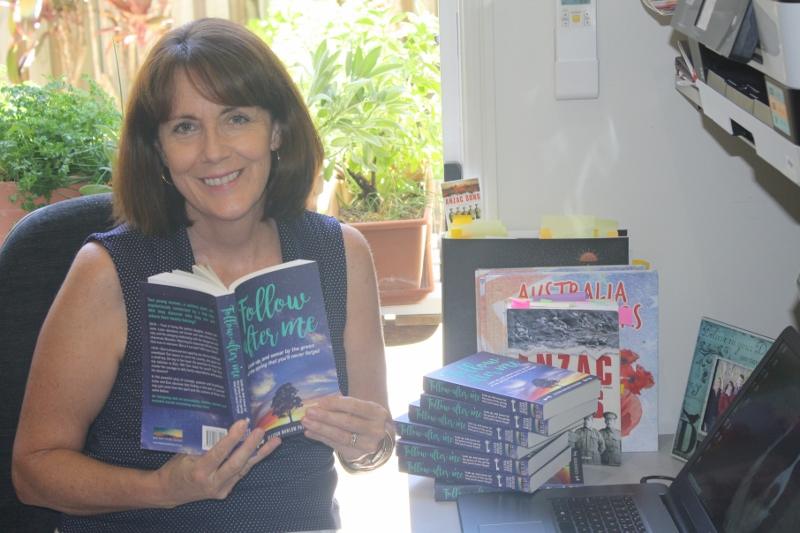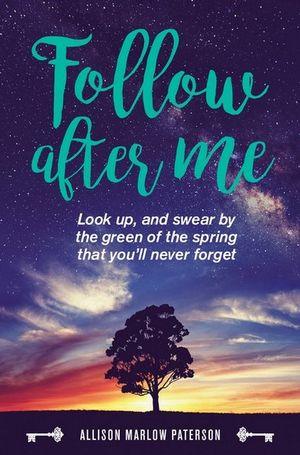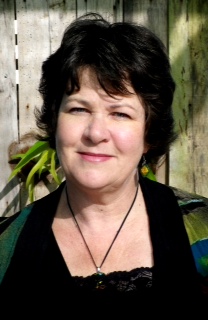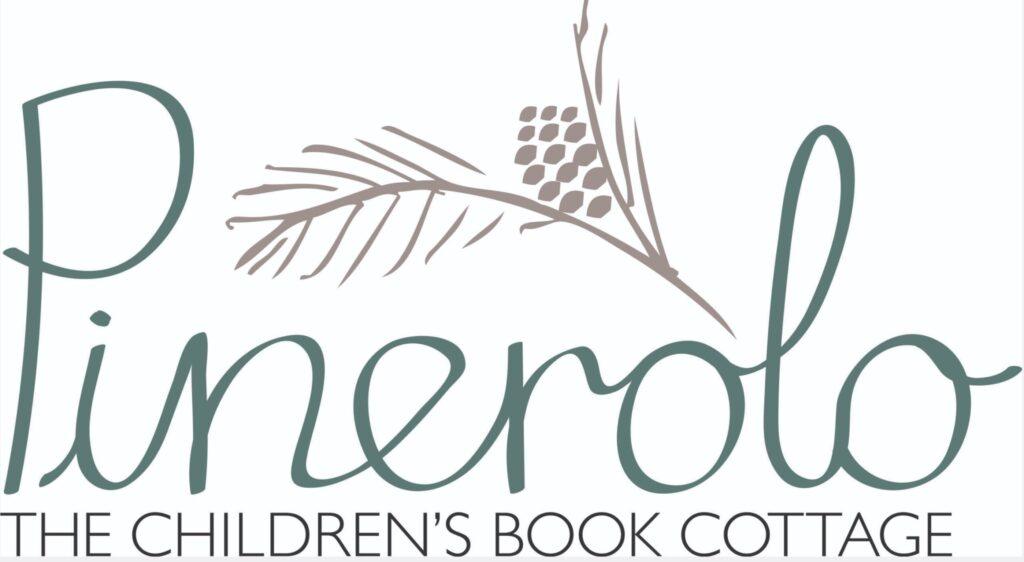
Allison Marlow Paterson is a novelist whose previous titles are ABIA notable books. Here she gives us the inspiration for her latest title, Follow After Me, a blend of contemporary and historical story involving social issues, with appeal to a crossover audience, teenage to new adult. Thanks Allison for this thoughtful piece.
A century has past, yet a war to end all wars, a tiny key and a rural property binds young Australians across the generations. It is 2017 and Lizzie is not who she once was. She will regret what happens next. It is 1916 and Tom has enlisted. He has promised to return. Worlds converge when those of the past reach out to guide those who followed in their path. Will they discover who they are, and where their hearts belong? Will they look up? Will they listen?
Follow After Me blends contemporary fiction with historical detail to seamlessly interweave the lives of two young women across time, and in parallel narratives. It is based on the World War One experiences of my ancestors, the Marlow family. Of six brothers, five went to war, only two made it home. The fictional Anzac characters are based on each of the brothers and have been developed as accurately as possible to their inspiration using a collection of over 500 letters and postcards which the men home from the Western Front. The letters of the Marlow brothers can be read in my previous publication – Anzac Sons: The Story of Five Brothers in the War to End All Wars. Some of the correspondence in Follow After Me uses the actual letters of my ancestors but with additions or modifications to move the narrative forward.
This work of fiction came from the early writing of Anzac Sons and my deep attachment to the Marlow boys and their stories. In the making of Anzac Sons there were moments of serendipity that could not be included in a work of factual content. Follow After Me has allowed me to tell some of those stories, the moments with no explanation, of which, in fiction, I had the freedom to bend and conform to the narrative. I have woven the ‘reading between the lines’ and the stories people told me after Anzac Sons was published. I wanted to explore the idea that the problems of both coming-of-age in the past and today can be very different but there can also be parallels.
The book’s present day characters are entirely born of imagination, as are their experiences. They are not directly based on, nor resemble family, friends or any other person. They carry the positive and negative traits of many and they encounter issues often highlighted in today’s media. There are similarities – I grew up on a farm in northern Victoria and played Saturday netball with a combined football and netball club, as does Lizzie in Follow After Me. The property I grew up on was purchased by my ancestors in the nineteenth century. I recall the hardship of drought and both its wide-reaching and personal impact. I worked with my two sisters to help our parents in the shearing shed during the spring school holidays. We loved to see the shed come to life with shearers and bleating sheep. No-one complained about the physical work and long days, instead, there was a sense of accomplishment in a job well done.
A May Gibbs Children’s Literature Trust Creative Time Fellowship allowed me the indulgence of writing in the galleries of the Australian War Memorial, capturing the atmosphere and engaging all the senses – to see such responses as the emotional effect a simple painting has upon visitors. Brendan Nelson describes the AWM as being thesoul of the nation. It struck me that we have very little literature that incorporates this significant national monument in our writing. It is fitting that it would play a major role in this story of remembrance. How could you not feel inspired by such a moving and meaningful tribute to the courageous and resourceful people of our past!
Thanks to Big Sky Publishing for organising this blog post. Look out for a review of the book coming soon.





